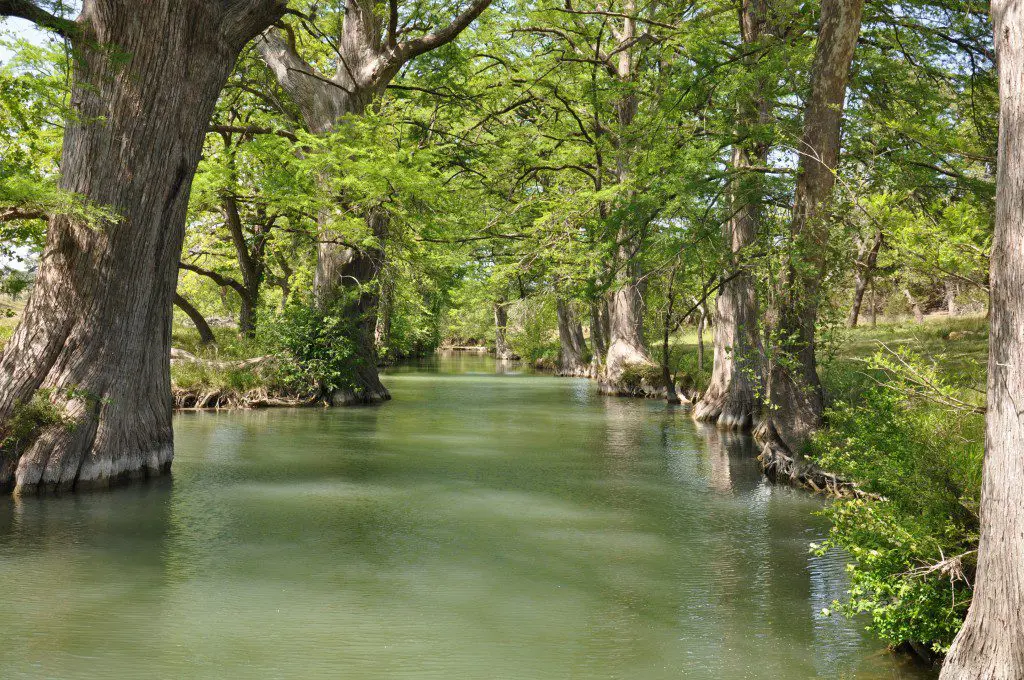
Understanding Riparian Water Rights In Texas
Texas is a beautiful state with extremely diverse landscape, including lots of water. Besides the gulf coast and countless lakes, Texas is home to over 3,700 streams and 15 major rivers, not to mention all the water found underground. Texas is truly a wellspring of natural resources, and water is one of the most valuable.

KNOW YOUR RIGHTS
Water is a precious and beautiful natural resource to have on your property. Because of the value of water, ownership can be a highly political issue. If you are one of the many property owners in Texas who has water on or under your property, you may be wondering what your rights are.
Riparian Rights refers to the right of a landowner to own water. It is important to be informed of the laws, and they will vary, depending on the location and type of water:
- Surface Water
- Ground Water
- Coastal Water
The more you know about your rights, the better you will be able to enjoy the benefits of your land.
SURFACE WATER
Water found on the surface such as ponds, lakes, rivers, and streams is referred to as surface water. Texans use about 6.6 million acres of surface water per year. While surface water on personal property technically belongs to the state, it can be used by you, as a property owner, for livestock and domestic purposes. For other uses such as irrigation and power generation, you need to apply for a permit from the state.
Diffused surface water, or drainage water, is surface water that occurs after snowmelt or rainfall. According to state law, the drainage water on your land belongs to you until it enters a natural watercourse. As owner of the land where the water falls, you have the right to capture and store drainage water.
GROUNDWATER
Percolating water, or groundwater, is water beneath the earth’s surface. Eighty percent of groundwater in Texas is used to irrigate crops. Legally, groundwater on your property belongs to you. This groundwater law in Texas comes from the English Common law of “absolute ownership,” which means you have a right to capture water, and to sell or move it. If it is discovered that the water comes from the underflow of a river, it is no longer considered groundwater.
You also have the right to pump all the water you can out of the ground, regardless of how it affects the wells of any neighbors. However, landowners with adjacent property have the same right. This is referred to as “the rule of capture,” or the law of the biggest pump.
There are limits to this law. You can’t pump water to purposefully harm a neighbor or just to waste the water. There are also restrictions that forbid pumping water that is within the jurisdiction of a Groundwater Conservation District (GCD), which controls the spacing of wells.

COASTAL WATERS
While Riparian rights refers to water sources such as rivers and lakes, Littoral rights refer to properties on the coast. If you own land on the ocean, you may be wondering who owns the beach. Littoral rights allow you to enjoy the water by swimming, boating, fishing, etc, as long as it is not harmed or altered in any way. Harming the coast includes polluting the shore or ocean, and/or doing anything that would cause erosion of the shoreline.
MORE INFORMATION
For more questions about water rights and restrictions, and information about obtaining permits please visit the Texas Commission on Environmental Quality.
For information about conservation, droughts and more, visit the Texas Water Foundation.
If you’re looking for a place of your own to enjoy private fishing, boating, or swimming, contact one of our realtors at 830-569-3500.

